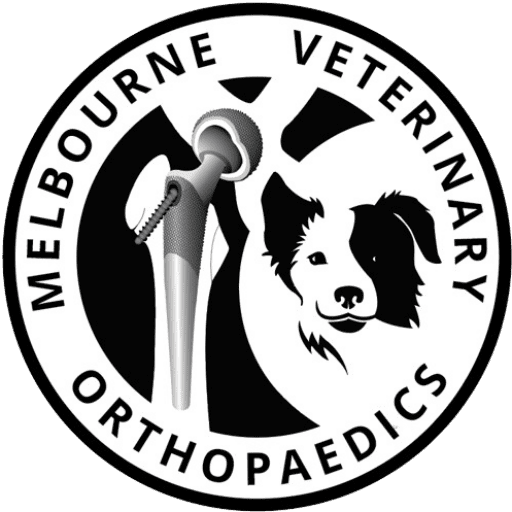Arthroscopic assessment of osteochondrosis of the medial humeral condyle treated with debridement and sliding humeral osteotomy
Robert Quinn Christopher Preston
Objective: To document the progression of disease after an unloading procedure when combined with arthroscopic debridement to treat osteochondrosis (OC) lesions affecting the medial humeral condyle in juvenile dogs without medial compartment disease.
Study design: Retrospective case series.
Animals: Dogs with medial humeral condyle OC (n = 6).
Methods: Dogs with medial humeral condyle OC (9 elbows) were treated by arthroscopic debridement of the OC lesion and sliding humeral osteotomy (SHO). Outcomes were assessed by radiography (n = 9), 2nd-look arthroscopy (9) and clinical examination including lameness assessment (9) at 18-28 months after surgery.
Results: Seven elbows had marked progression of pathology affecting the medial compartment, 5 elbows developed subsequent fragmentation of the medial coronoid process of the ulna [FMCP], 2 elbows had fibrocartilaginous infill of the humeral defect without development of coronoid pathology.
Conclusion: This limited case series suggests that medial compartment disease develops despite unloading of the medial compartment using a distal diaphyseal SHO in juvenile dogs with OC.
